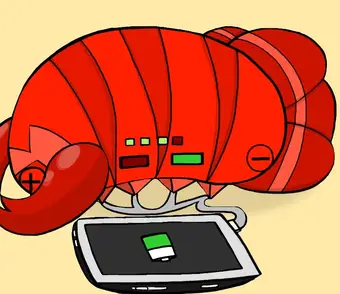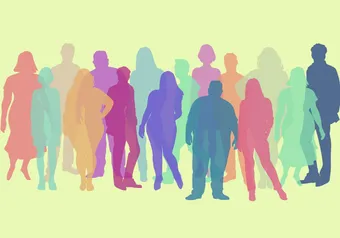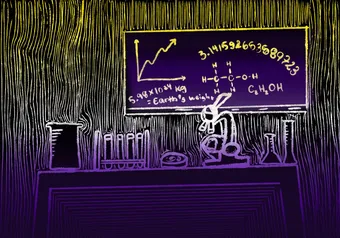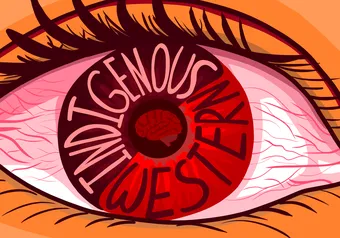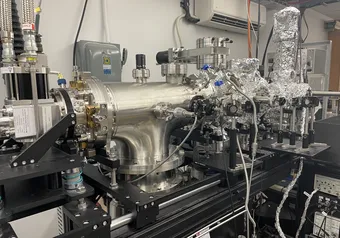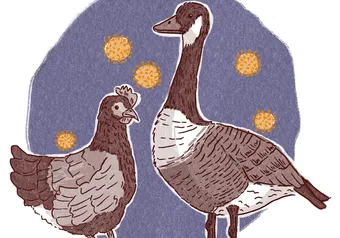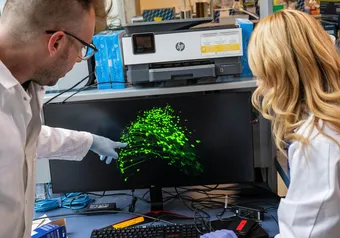There’s a lot we can learn from nature. After all, it’s had 4.5 billion years to tweak and adjust, giving rise to the remarkable characteristics and extremely efficient processes we see in life forms today.
UBC professor Mark MacLachlan, the Program Director of NanoMat — a nano-material research training program at UBC — and recently appointed Canada Research Chair, is playing around with the possibilities of such design — a field known as biomimetics.
His research group currently works with cellulose and chitin nano-crystals. Cellulose is the most abundant biopolymer — big biological molecule made up of smaller repeating ones — in the world, being the main building block of cell walls within plants. Chitin is the second most abundant biopolymer, found mostly in arthropods, organisms with exoskeletons like shrimp, beetles and crabs, but also in fungi like mushrooms.
Chitin and cellulose both have very similar chemical structures: they are long chains of glucose molecules which assemble into crystal structures. To isolate the chitin, MacLachlan and his team take crab and shrimp shells and remove the minerals they contain by heating the shells in acidic water. They then remove the proteins by heating it in sodium hydroxide. What’s left is a film of chitin which has a very unique structure.
The chitin makes really small nanocrystals which are organized in layers, with each subsequent layer slightly rotated from the one below it, creating a helical structure. Chitin nanocrystals are extremely small and can only be seen using an electron microscope.
Apart from aesthetics, MacLachlan is also exploring the use of chitin as an electrode material. “With the enormous growth of lithium ion batteries there’s a huge search for better electrode materials,” MacLachlan explains.
To create such a material the chitin is carbonized, a process where it is heated at extremely high temperatures and an atmosphere that contains no oxygen. This creates a lightweight, highly porous form of carbon with an extremely high surface area. This high surface area is key in creating electrode material because it can hold a higher amount of charge.
If you take paper and treat it with sulphuric acid, you can isolate the nanocrystals which are about one-thousandth of a human hair in size. The cellulose nanocrystals have the same helical structure as chitin.
It is still unknown why chitin and cellulose twists, but it’s a hot research area.
“Even more intriguing is that in nature these two substances always twist in a left-handed structure, never right-handed," said MacLachlan. “We’ve yet to figure out how exactly it’s communicated.”
While the field of biomimetics is catching on in many different areas of study, it seems that there are still quite a few codes we have left to crack.
You can learn more about Dr. MacLachlan’s research here.
First online
Share this article


